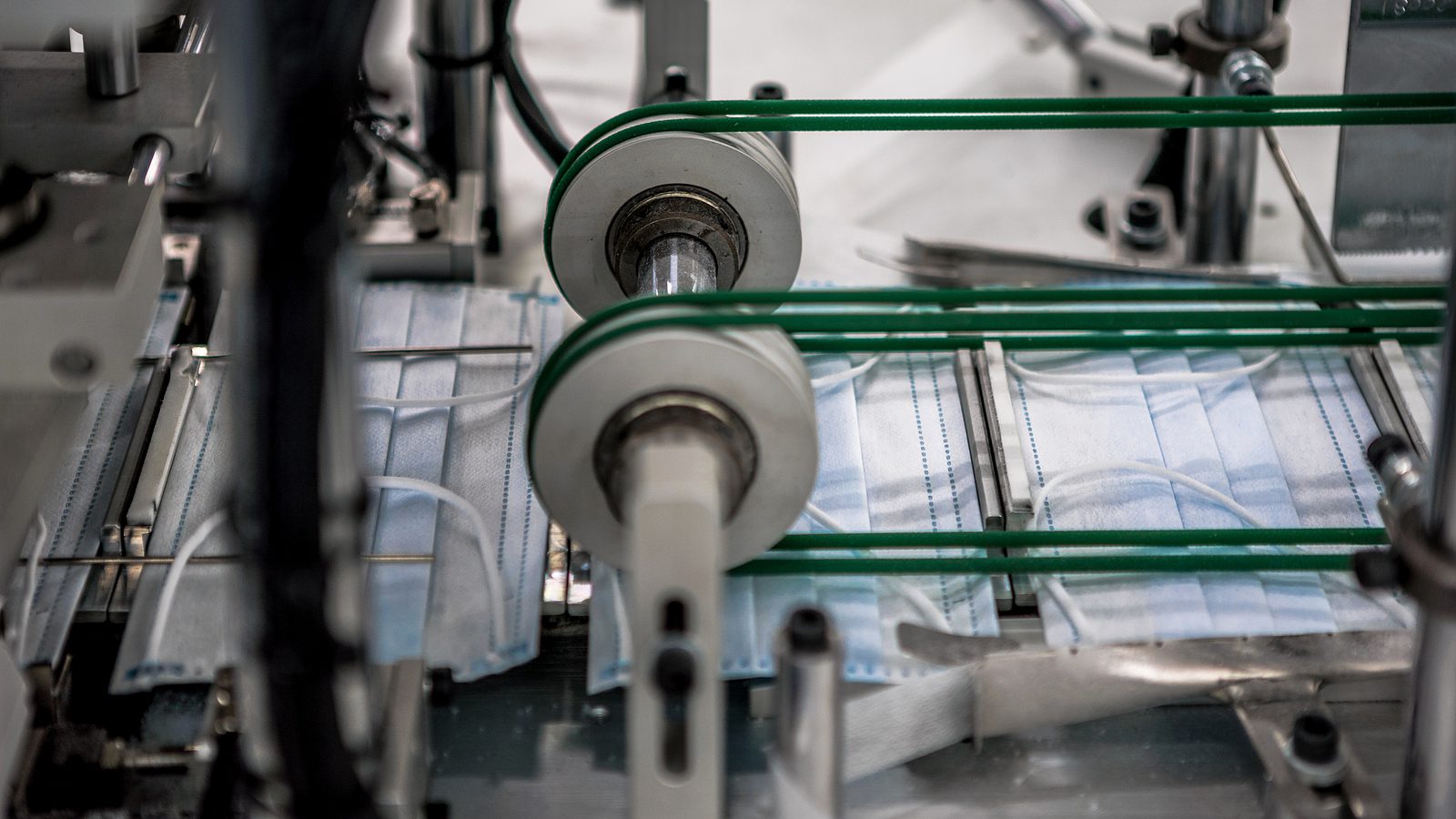By Laser 1 Technologies
When One Source Just Isn’t Enough
Dual sourcing has been known and practiced for decades. In most cases, it was a logical way to secure undisrupted production. Big business used a second supplier, or multiple suppliers, to lower the risk of supply chain problems.
In the 1980s and 1990s, large corporations promoted vertical integration, which then led to the centralization of production and purchases. Consequently, a significant amount of work moved in-house, and selective suppliers gained in size, having lucrative, long-term contracts. As a move to secure interests, some companies made the controversial decision to spin-off their supply chain (i.e. Delphi from GM) and close off other suppliers until a time when demand exceeded supply.
In the 2000s we saw a change. Mounting debts and China’s competitive costs forced companies to reevaluate their supply chain model. Massive bankruptcies in 2005 – such as GM, Delphi, Delta Airlines, and Northwest Airlines – created economic change that warranted new business structures and business models. These plans are still in place.
Today, lean horizontal structures are the norm, where companies depend on an extended supply chain from other countries. Outsourcing is a fact of life and the renewed buzzword.
In my years of business consulting, I’ve observed that changes in purchasing behavior rarely come from the manufacturing side. Financial executives are typically the change agent by imposing cost reductions. The procurement department receives marching orders to decrease purchase cost, which then puts pressure on purchasers to seek savings from current suppliers. When suppliers can’t meet the request for lower prices – while keeping the same quality and delivery schedules – the buyer is forced to seek new suppliers.
Unless the formal orders of split purchases come from the top of the organization, purchasers have no incentive to double their work load by dual sourcing. However, dual or multi-sourcing can be advantageous and logical when combined with a common-sense approach.
As noted in the article, Should You Dual Source or Single Source, “Many purchasers decide to single or dual source prior to issuing an RFP or tender based on certain assumptions. Common assumptions are that there is a lower cost with a single source due to you leveraging your volume but less risk with a dual source due to having a qualified supplier up and running if the other fails to perform… After calculating the cost of doing business with two qualified suppliers, compare that cost with the lowest qualified single source bid. Is there a cost difference between the single and dual source options? If so, does the lower risk justify the premium?”
However, don’t stop there; lower costs shouldn’t be the only reason to dual source. When bringing on a new supplier, take the time to research value, inventory management, quality, delivery, service, and implementation of a strategic partnership. Determine if there will be potential problems from quality discrepancies or the additional time involved with managing two suppliers.
When moving to dual sourcing, develop a transition strategy that causes the least disruption. One approach to dual sourcing is to engage all stakeholders. The article, Easing The Supplier Transition Process Through Dual Sourcing, provides examples for bringing on additional suppliers. Recommendations include giving stakeholders a voice in the process, ensuring employees accept the impending changes, and organizing supplier implementation meetings. “This allows the members to get to know the new supplier, gain familiarity with their offerings, and understand why they are the best option in the market.”
Of course, the transition strategy depends on the climate of your organization. Whether implementation of a dual source strategy involves a team approach or if it requires a top-down approach, the goal is the same – to gain a new, trusted supplier in the most efficient and effective manner.
Are you looking for a strategic partnership? Choose Laser 1 Technologies for all your manufacturing needs. Give us a call today at (651) 451-9397.




